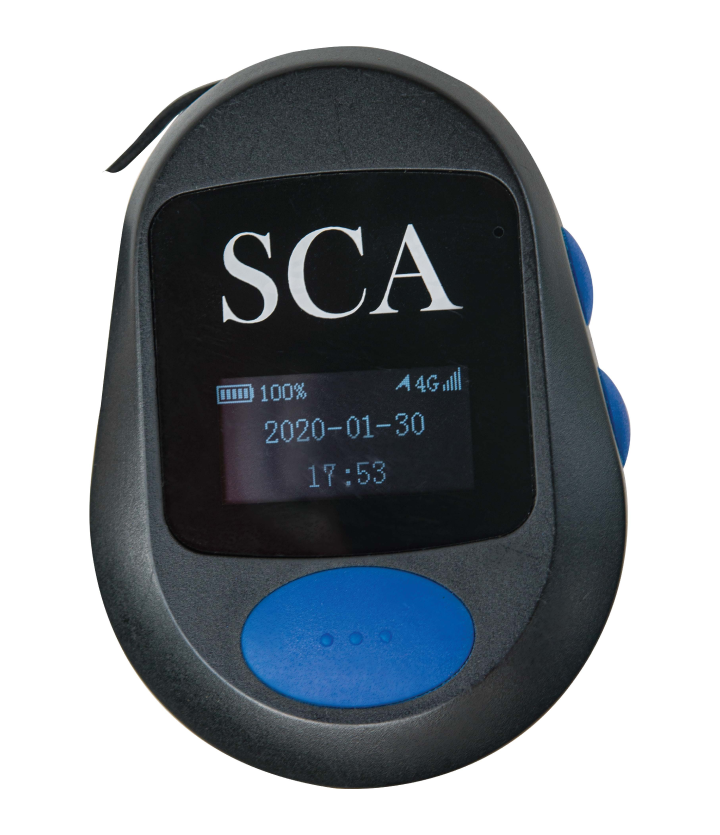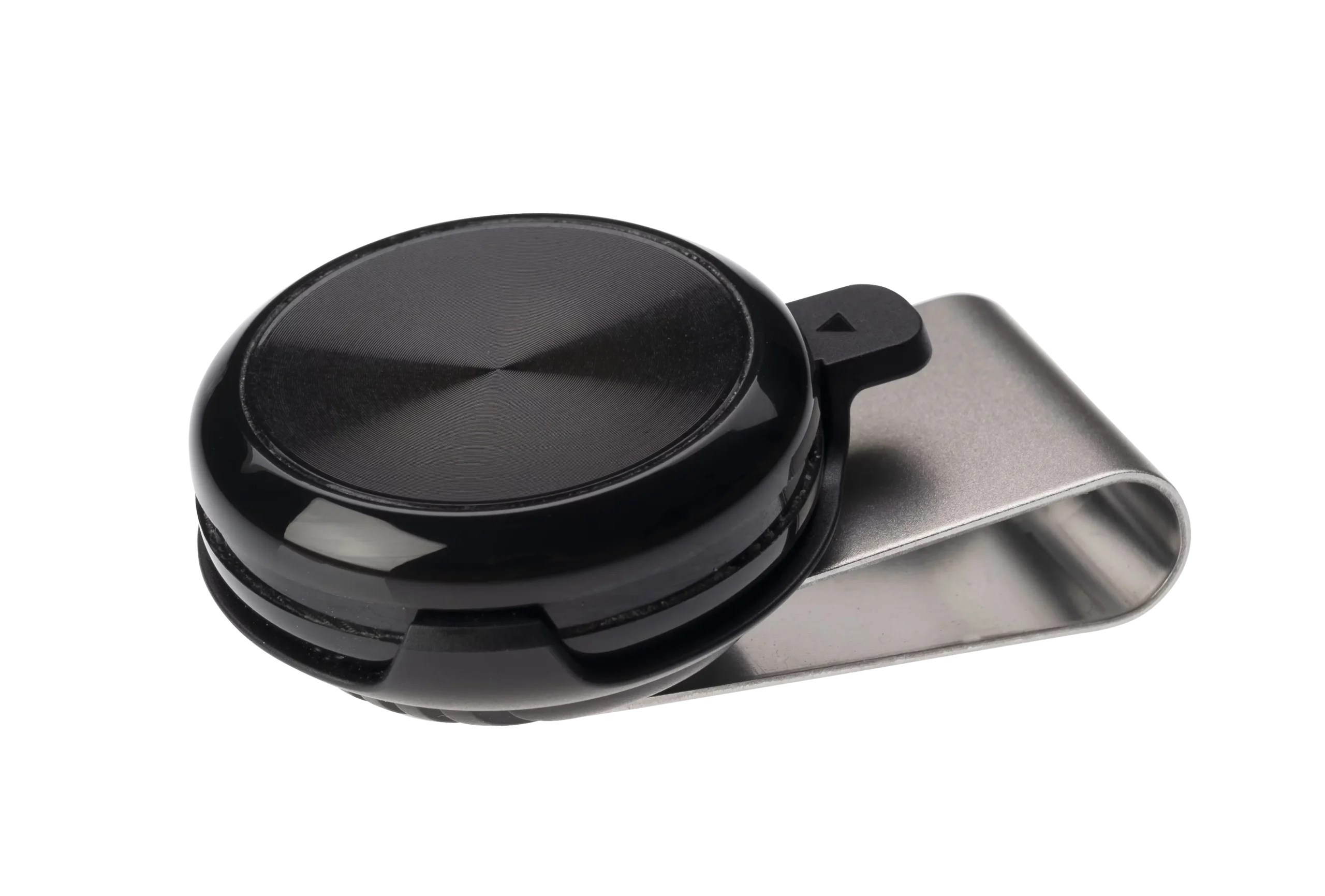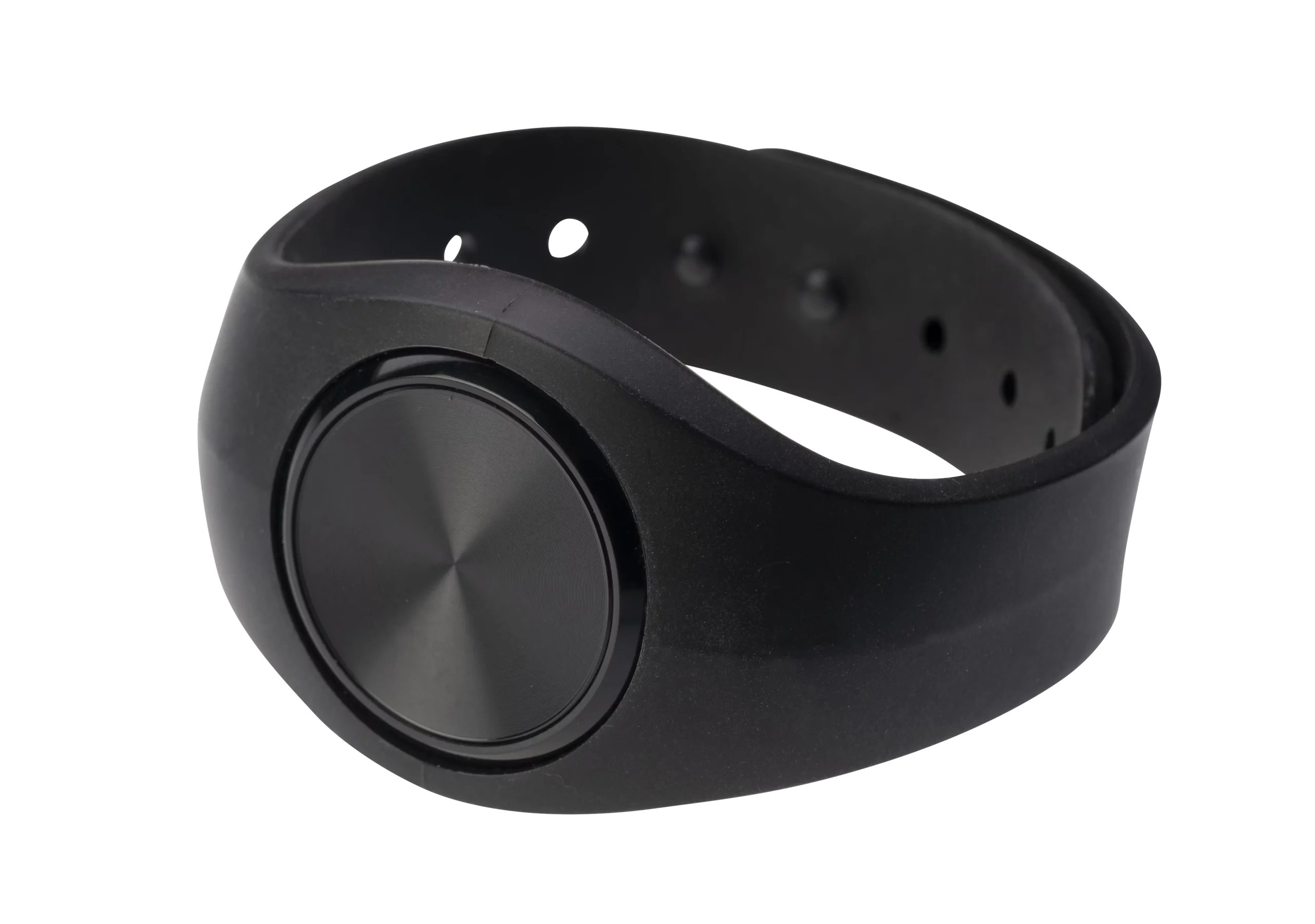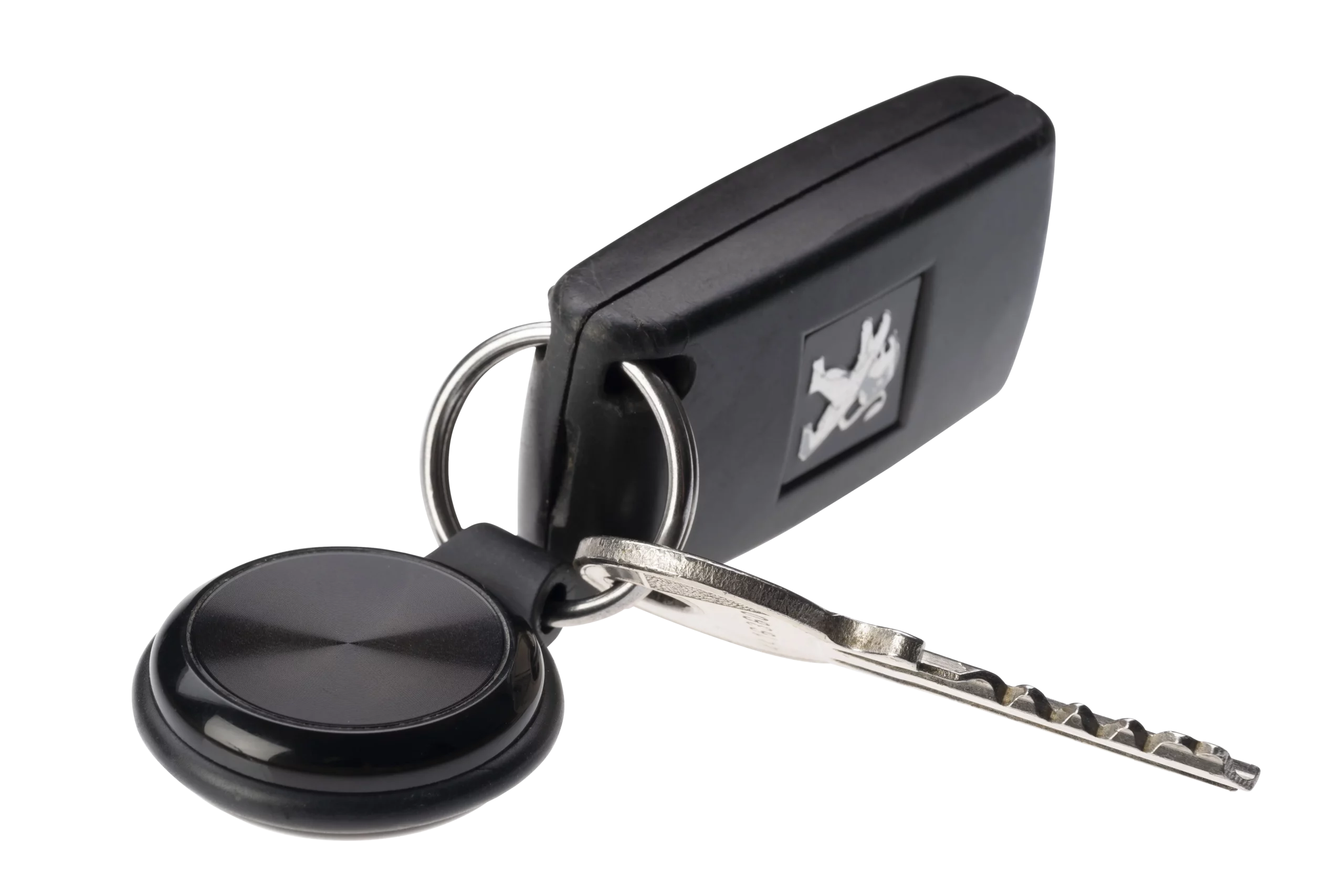Hospitality · Retail · Healthcare · Government · Social services · Mining and Energy · NFP · Cleaner & Maintenance · Logistics · Farming · Aged and connected care · Domestic violence · Off-duty FIFO workers
4G Companion
Hospitality · Retail · Healthcare · Government · Social services · Mining and Energy · NFP · Cleaner & Maintenance · Logistics · Farming · Aged and connected care · Domestic violence · Off-duty FIFO workers
4G Companion
From $1/day Ideal lone worker protection for high-risk solutions, with an easy-to-use GPS duress alert.
- 1SOS alert
- 2Fall alert
- 3GPS technology
- 424/7 Alarm Receiving Centre
- 5Audio-check in
- 6One & two-way communication
how we compare
SafeTCard is leading the market
- 1The 4G Companion is a lightweight, easy-to-use personal safety device designed for professional personnel and individuals
- 2Combines GPS positioning technology, SOS alarms, and fall detection to ensure you’re never alone with risk
- 3Our unique ASIAL Graded A1 Alarm Receiving Centre provides 24/7 in-house monitoring
- 4Our ARC is reinforced by built-in, multi-level redundancies for unmatched system reliability
- 5We offer complimentary online training for all clients and provide training videos to rewatch on demand

product features
Secure peace of mind 24/7



how it works
Stay connected, stay protected
how can safetcard help you?
Reducing risk for your team
Risk:
Lone remote workers are unable to communicate incidents
Solution:
Access to 24/7 Alarm Receiving Centre (ARC)
Risk:
Common risks in everyday work exacerbated by remote work
Solution:
Accurate GPS positioning for easy-to-activate, faster alerts
Risk:
Lack of access to timely support for incidents and injuries
Solution:
2-way audio and voice recording with a direct line to emergency services
Case Study and Real file story
Reducing risk for your team
Healthcare works in home visits
Background:
A healthcare provider in Australia offers in-home care services, with nurses and support staff frequently working alone in patients’ homes.
The challenge:
During a routine visit, a healthcare worker felt unsafe when a patient became aggressive. Without colleagues nearby and limited means to call for help, the worker was vulnerable-a common concern in home care settings.
The solution:
The provider implemented SafeTCard’s 4G Companion devices and mobile apps. These devices offer real-time GPS pin upon activation and a panic button that immediately alerts SafeTCard’s monitoring centre. The two-way communication feature allows workers to discreetly request help without alarming the patient.
Outcome:
The introduction of SafeTCard devices significantly enhanced staff safety. Workers now feel more secure, knowing help is just a button press away. This improved sense of safety has not only reduced incidents but also boosted staff retention by making employees feel more supported and valued.
We protect workers in over 350 Australian companies

















downloadables
Your guide to safety
faq
Questions?
A call is made from the SafeTCard 4G Companion to our 24/7 Alarm Receiving Centre (ARC). The operator can access any information associated with the device (e.g. user details, employer, escalation contacts, instructions etc.) by listening to what is occurring in the device’s surroundings. The operator listens, assesses the situation, and responds appropriately, including dispatching emergency services if required. All audio is recorded at the Alarm Receiving Centre and can be released upon Police request. The device will also communicate with GPS for your location*. *GPS location may not be obtained if the alert is activated indoors, Yellow Voice feature can be used if not at a fixed site.
Alerts can be activated by pressing the SOS alert button on the front of the device which connects you to our Alarm Receiving Centre (ARC) operator, who can access the last update message to understand, monitor and escalate the situation as necessary. In cases deemed as a false alarm, the operator will only contact you via mobile or contact numbers you have provided to allow you to deactivate the false alarm.
SafeTCard Australia is ISO9001 certified, meeting all high-level Australian and International Government Quality Assurance (QA) requirements.
SafeTCard devices are monitored by our Certified Grade A1 24/7 Alarm Receiving Centre (ARC), which is the highest level of certification awarded by Australia’s security peak body, the Australian Security Industry Association Limited (ASIAL). Regular independent audits and certifications maintain our high service standards. Trusted by governments and other high-security organisations, SafeTCard is fully compliant with Government Privacy Laws and Requirements.
SafeTCard offers comprehensive support throughout the life of our contract with you through a dedicated support team.
We offer an in-person or virtual training, followed by a training pdf that can be shared and accessed by your team whenever required.
Yes, all security and safety devices can be allocated to individuals or shared. Users can be individual names, titles, or locations.
No, the GPS location attempt only commences on alert activation.

